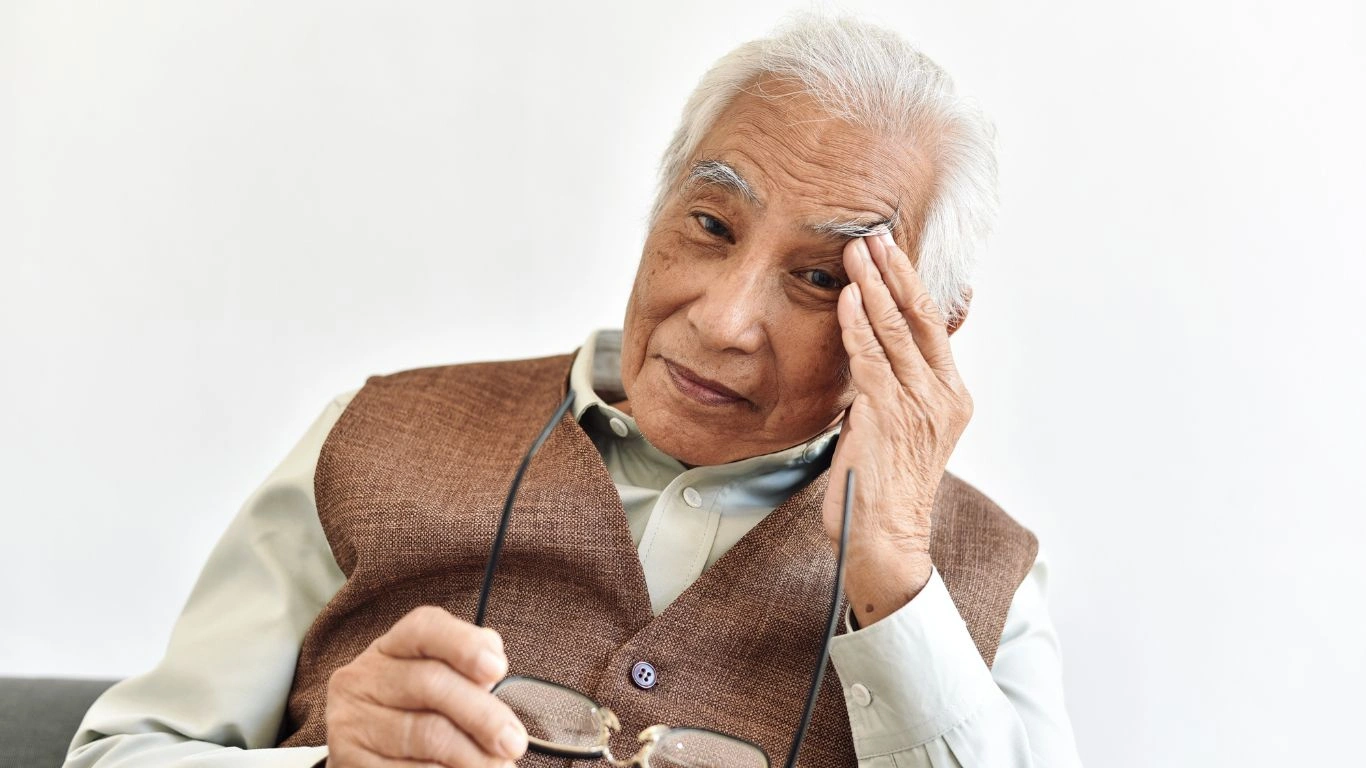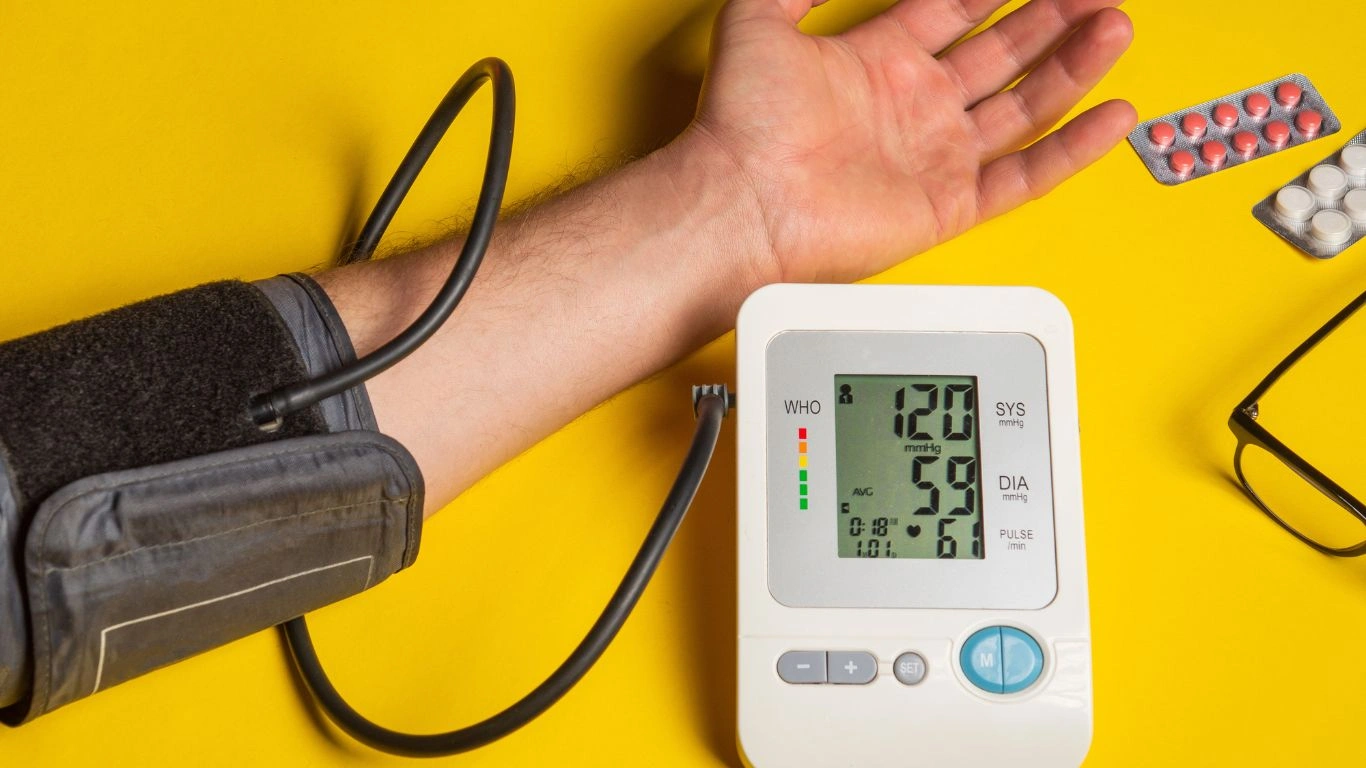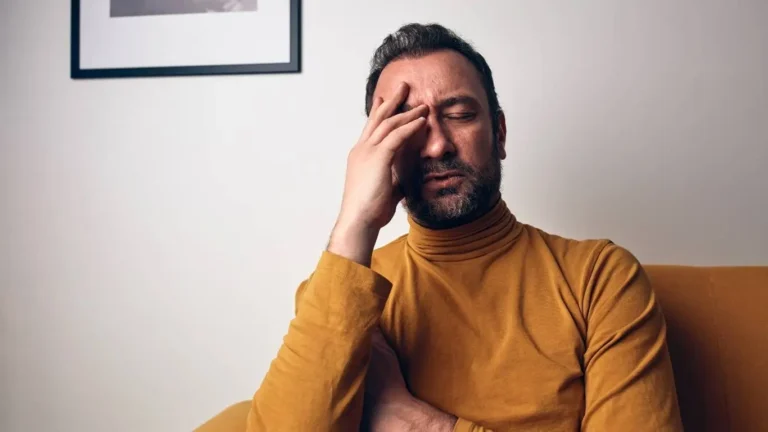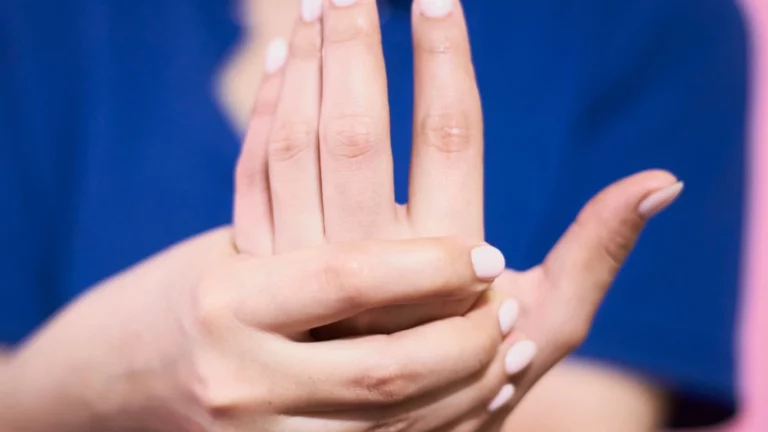The Role of Exercise in Controlling Blood Pressure Naturally
If there’s one thing I always tell my patients, it’s this: exercise is one of the most powerful tools for maintaining normal blood pressure. I’ve seen it firsthand—people who commit to regular physical activity often experience remarkable improvements in their cardiovascular health. But let’s be real: starting (and sticking to) an exercise routine isn’t always easy. Life gets busy, motivation fluctuates, and let’s not even talk about those days when the couch seems way more appealing than a treadmill. Sound familiar? Don’t worry. I’m here to break it down and make it feel doable, no matter where you’re starting from.
Why Exercise Matters for Blood Pressure Regulation

We all know that exercise is “good for us,” but why does it help with blood pressure? The science is actually pretty fascinating.
- Stronger Heart, Less Effort: Regular physical activity strengthens the heart, meaning it pumps blood more efficiently. When your heart doesn’t have to work as hard, the force on your arteries decreases—hello, lower blood pressure!
- Improved Blood Vessel Function: Exercise encourages blood vessels to become more flexible, allowing for smoother circulation and less pressure build-up.
- Reduced Stress Hormones: Ever notice how a good workout leaves you feeling lighter—not just physically, but mentally? That’s because exercise helps regulate cortisol and adrenaline, two stress hormones that can drive up blood pressure.
Personally, I’ve had patients who were skeptical at first but saw a real difference after just a few weeks of consistent movement. One patient—a 52-year-old woman with borderline hypertension—started daily 20-minute walks and saw her numbers drop from 138/85 mmHg to 122/78 mmHg in just three months. Proof that small steps make a big impact!
Best Types of Exercise for Managing Blood Pressure

Not all workouts are created equal when it comes to lowering blood pressure. Some are especially effective—let’s break them down.
Aerobic Exercise: The Heart’s Best Friend
If you’re only going to pick one type of exercise for blood pressure control, cardio is the way to go. It gets your heart rate up, improves circulation, and helps your body use oxygen more efficiently.
Great options include:
- Walking: The simplest, most underrated form of cardio. Start with 10-minute strolls and build up to 30-45 minutes.
- Swimming: A fantastic low-impact option, especially for those with joint pain.
- Cycling: Whether stationary or outdoor, this is a great way to get your heart pumping.
- Dancing: Who says exercise has to be boring? Throw on your favorite playlist and move!
Strength Training: More Than Just Muscles
Many people think lifting weights is just for bodybuilders, but strength training actually plays a key role in blood pressure management. It helps improve metabolism, supports weight loss, and can even enhance arterial function.
Here’s what to focus on:
- Bodyweight Exercises: Squats, push-ups, and lunges are excellent starting points.
- Resistance Bands: A joint-friendly way to add resistance without heavy weights.
- Light Dumbbells: Aim for moderate weight with higher repetitions to keep your heart engaged.
I’ve had patients tell me they feel more confident and stronger after incorporating even just two sessions of resistance training per week. And guess what? That confidence translates into better consistency and motivation.
How Much Exercise Do You Actually Need?

Let’s be honest: the idea of spending hours in the gym every week sounds exhausting (and unrealistic). The good news? You don’t have to.
According to the American Heart Association, the ideal amount of exercise for blood pressure management is:
- 150 minutes of moderate-intensity exercise per week (like brisk walking)
- 75 minutes of vigorous activity per week (like jogging or high-intensity cycling)
- Strength training at least twice a week for added benefits
But let’s get real—some days, finding time for a full workout isn’t happening. That’s why I encourage movement snacking: short bursts of activity throughout the day. Five-minute stair climbs, a quick walk during lunch, or even some squats while brushing your teeth all add up!
Breaking Barriers: Overcoming Common Exercise Challenges

Alright, so we know exercise is a game-changer for maintaining normal blood pressure. But let’s be honest—actually doing it can feel like climbing Mount Everest some days. I’ve had plenty of patients tell me, “I just don’t have time” or “I don’t know where to start.” Sound familiar? Don’t worry—you’re not alone. Let’s tackle some of the biggest roadblocks and how to push past them.
‘I Don’t Have Time to Exercise!’
This is the number one excuse I hear, and trust me, I get it. Between work, family, and everything else, carving out an hour for exercise can feel impossible. But here’s the thing—you don’t need a full hour. Short, frequent bursts of activity can be just as effective.
Try these quick fixes:
- 10-minute power walks: Step away from your desk and take a brisk walk around the block.
- Workout while watching TV: Do squats, lunges, or march in place during commercial breaks.
- Take the stairs: Skip the elevator whenever you can—your heart will thank you.
- Park farther away: Get in extra steps by parking at the far end of the lot.
One of my patients, a busy dad of three, started doing push-ups every morning while waiting for his coffee to brew. Just that small habit helped him stay consistent, and over time, he built up to a full workout routine.
‘Exercise Is Too Hard for Me!’
Maybe you’ve been out of shape for a while, or you have joint pain that makes movement uncomfortable. I hear you. But exercise doesn’t have to be intense to be effective. In fact, gentle, low-impact activities can still make a huge difference in lowering blood pressure.
Start with these:
- Walking: No need for fancy gear—just put on some comfy shoes and move.
- Chair exercises: If standing for long periods is tough, try seated leg lifts or arm raises.
- Water aerobics: Great for reducing joint strain while still getting the heart pumping.
- Stretching and yoga: Improves flexibility and helps reduce stress, another blood pressure culprit.
The key is to start small. A five-minute stretch session today can lead to a 20-minute walk next week. It’s all about progress, not perfection.
Exercise and Blood Pressure: How Long Before You See Results?

If you’re putting in the effort, you’re probably wondering—how long does it take to actually see a difference? The good news? Improvements can happen faster than you think.
Research suggests that regular physical activity can lower blood pressure within a few weeks. For some people, the changes start within days. But, of course, consistency is key.
Short-Term Benefits
- Lower blood pressure after a single workout: Ever checked your BP after a brisk walk? You’ll likely notice a slight dip. That’s because exercise immediately helps blood vessels relax.
- Better stress management: Even after one session, you may feel calmer and less tense.
Long-Term Benefits
- Sustained blood pressure reduction: Over time, exercise helps keep BP numbers in a healthy range.
- Weight loss and improved heart health: If weight is a factor, shedding even a few pounds can ease the strain on arteries.
- Less medication reliance: Many of my patients who commit to exercise are able to reduce or even stop BP medications (with their doctor’s approval, of course!).
I had one patient, a 60-year-old man with a history of hypertension, who was on two different medications. After three months of daily 30-minute walks and light strength training, his doctor was able to cut his dosage in half. Proof that movement truly is medicine!
Final Thoughts on Making Exercise a Lifestyle
At the end of the day, exercise isn’t just about numbers on a blood pressure monitor—it’s about creating a healthier, happier, and more energetic version of yourself. And trust me, once you start feeling the benefits, you won’t want to stop.
So, whether it’s a five-minute stretch, a lunchtime walk, or a full gym session, find a way to move today. Your heart—and your blood pressure—will thank you.
Case Studies & Real-Life Examples

Let’s talk about real people—individuals who’ve taken charge of their health and successfully managed their blood pressure through exercise. I’ve worked with countless patients over the years, and their stories always serve as powerful reminders that change is possible.
Case Study #1: From Hypertension to Healthy
Mark, a 47-year-old IT professional, came to me with a blood pressure reading of 150/92 mmHg. He had a stressful job, little time for physical activity, and a love for salty snacks. Medication was on the table, but he wanted to try lifestyle changes first.
Here’s what we did:
- Started with 10-minute morning walks, gradually increasing to 30 minutes daily.
- Incorporated light strength training twice a week.
- Reduced screen time before bed to improve sleep (poor sleep can spike blood pressure!).
The result? After four months of consistent effort, Mark’s blood pressure dropped to 125/78 mmHg—without medication.
Case Study #2: An Active Lifestyle Reverses Hypertension
Lisa, a 55-year-old retired teacher, had struggled with high blood pressure for years. She had tried various diets, but the missing piece? Movement.
With my guidance, she started:
- Swimming three times a week (low-impact but highly effective!)
- Yoga for stress management and flexibility
- Short evening walks with her husband
Within six months, her numbers improved so significantly that her doctor cut her medication in half. Now, she swears by her active routine and says she feels younger than ever!
Key Takeaways: What You Need to Remember
Let’s recap the most important points about exercise and blood pressure:
- Exercise lowers blood pressure naturally by improving circulation, reducing stress, and strengthening the heart.
- Consistency is key. Even short bursts of movement can make a difference—just keep moving!
- Find what works for you. Whether it’s walking, strength training, or dancing in your living room, the best workout is one you’ll actually do.
- Exercise can reduce medication reliance. Many people see significant improvements just by staying active.
FAQs
How much exercise do I need to lower my blood pressure?
The American Heart Association recommends at least 150 minutes of moderate exercise per week. That’s just 30 minutes a day, five times a week!
Can strength training help, or should I only do cardio?
Both are beneficial! Aerobic exercise helps directly lower blood pressure, while strength training improves overall cardiovascular health and metabolism.
Is walking enough to make a difference?
Absolutely! Brisk walking for 30 minutes daily has been shown to significantly reduce blood pressure levels.
What if I have joint pain or mobility issues?
There are plenty of low-impact options like swimming, cycling, or chair exercises. Movement in any form is beneficial.
Bonus: Additional Resources or DIY Tips
Want to make exercise even more manageable? Here are some additional tips:
- Use fitness apps: Apps like MyFitnessPal and Fitbit can track your progress.
- Set reminders: Schedule workout times like you would any other important appointment.
- Join a group: A workout buddy or class can keep you motivated.
- Make it fun: Dance, hike, or play sports—just find something you enjoy!
Appendix: Table, References, Disclaimer, and Call to Action
| Exercise Type | Recommended Duration | Blood Pressure Benefit |
|---|---|---|
| Brisk Walking | 30 minutes, 5x a week | Improves circulation, lowers BP |
| Strength Training | 2-3 times a week | Boosts metabolism, supports heart health |
| Yoga & Stretching | 15-20 minutes daily | Reduces stress-related BP spikes |
References
Disclaimer
The information in this article is for educational purposes only and is not a substitute for professional medical advice. Always consult your doctor before starting any new exercise program, especially if you have pre-existing conditions.
Call to Action
If you found this guide helpful, share it with friends or family who may benefit. Have questions? Drop them in the comments below—I’d love to help! And most importantly, start moving today. Your heart will thank you!

Dr. Gwenna Aazee is a board-certified Internal Medicine Physician with a special focus on hypertension management, chronic disease prevention, and patient education. With years of experience in both clinical practice and medical writing, she’s passionate about turning evidence-based medicine into accessible, actionable advice. Through her work at Healthusias.com, Dr. Aazee empowers readers to take charge of their health with confidence and clarity. Off the clock, she enjoys deep dives into nutrition research, long walks with her rescue pup, and simplifying medical jargon one article at a time.






